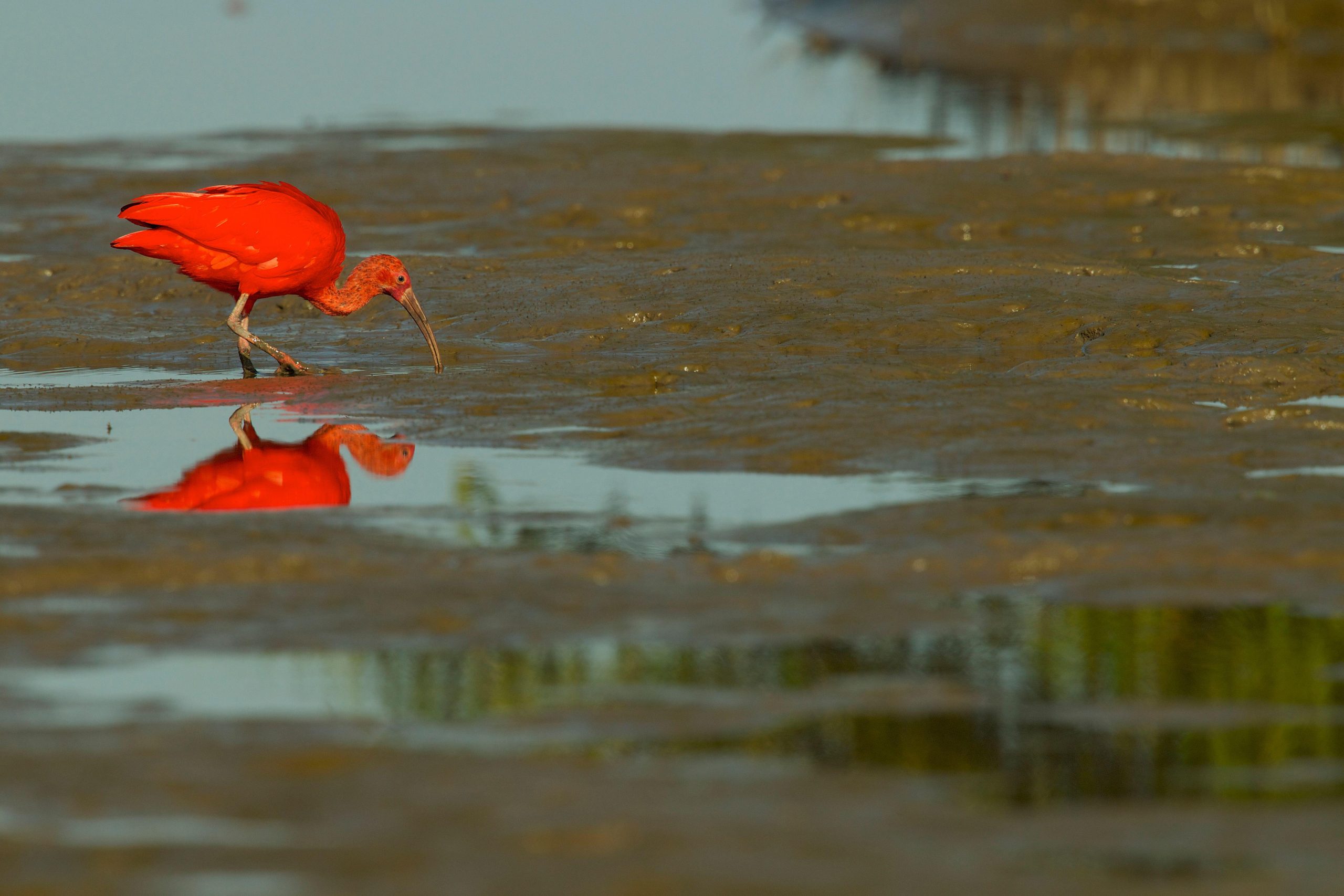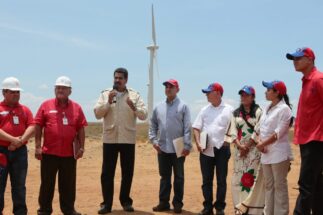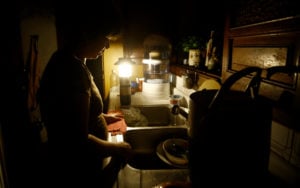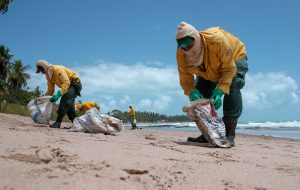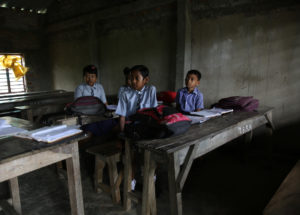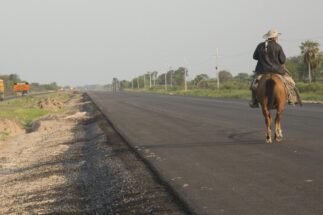The invitation to be part of Venezuela’s oil revival seems to exclude no comers. From European companies exploring their alternatives amid Russia’s war in Ukraine, to the South American nation’s reliable allies of China and India, all are being welcomed to breathe life into the Venezuelan oil industry – though there is as yet no top-level talk of environmental compensation or attention to biodiversity around oil developments.
20%
of the world’s proven reserves of heavy and extra-heavy crude oil lie within Venezuela’s Orinoco Belt
“Venezuela is ready and willing to fulfil its role and supply, in a stable and safe way, the oil and gas market that the world economy needs,” President Nicolás Maduro said during the recent visit of the secretary of the Organization of Petroleum Exporting Countries (OPEC) to Caracas. Last year, he had specifically called on oil companies from China, Russia, India, Turkey, Europe and even the United States to join a “win-win partnership” in a plan to extract more than 3 million barrels a day.
The Orinoco Belt, an oil-rich strip that crosses central and eastern regions of Venezuela, is the name most frequently raised as part of these appeals to foreign investors. But at the same time it is promoting investment, the nation still lacks a concrete plan to compensate for the vast greenhouse gases produced by its oil activities, as well as a conservation strategy for the fauna and flora that help make the belt, and Venezuela, one of the world’s “megadiverse” regions.
What is the Orinoco Belt?
The Orinoco Belt spans an area of 55,314 square kilometres through central Venezuela, to the north of the mighty Orinoco River. It stretches across five Venezuelan states: Guárico, Anzoátegui, Monagas, Delta Amacuro and northern Bolívar.
Beneath this strip of land lies 271 million barrels of heavy and extra-heavy crude oil, equivalent to 20% of the world’s proven reserves, or a quarter of the reserves of all nations within OPEC, the world’s main oil-producing cartel.

The potential of the Orinoco Belt was first explored in 1936, although it was not until the presidency of the late Hugo Chávez (1999–2013) that the process of certifying oil reserves began. This process culminated in nationalisation in 2007 and the allocation of concessions to foreign oil companies such as Chevron (United States), Rosneft (Russia), Total Energies (France), Eni (Italy) and Repsol (Spain). Together with these foreign firms, Venezuela worked to build two crude oil upgraders to process extra heavy oil in the belt.
After these companies left the country due to the economic crisis, as well as the abandonment of investments and sanctions imposed by the United States, achieving an output of 3 million barrels per day is now some way off for Venezuela.
Secondary sources for OPEC – which include bodies such as S&P Global, Argus Media, the Energy Intelligence Group and the International Energy Agency – reported a production of 723,000 barrels per day by PDVSA this August, of which more than half came from active wells in the Orinoco Belt.
While the public search for investors is focused on the expansion of oil production, it has simultaneously revived debate around the conservation needed in this area of Venezuela.
A reservoir of biodiversity
The vast area the Orinoco Belt covers is almost comparable to the 60,000 square kilometres that were added to the Galapagos Marine Reserve this year, in order to better protect species of the tropical Pacific.
When the belt’s size is discussed, however, comparatively little mention is made of its status as one of the largest wetlands on the South American continent, Antonio Machado Allison, a biologist at the Academy of Physical, Mathematical and Natural Sciences in Caracas, told Diálogo Chino. He highlighted that it is comparable to the more famous Brazilian Pantanal marshlands.
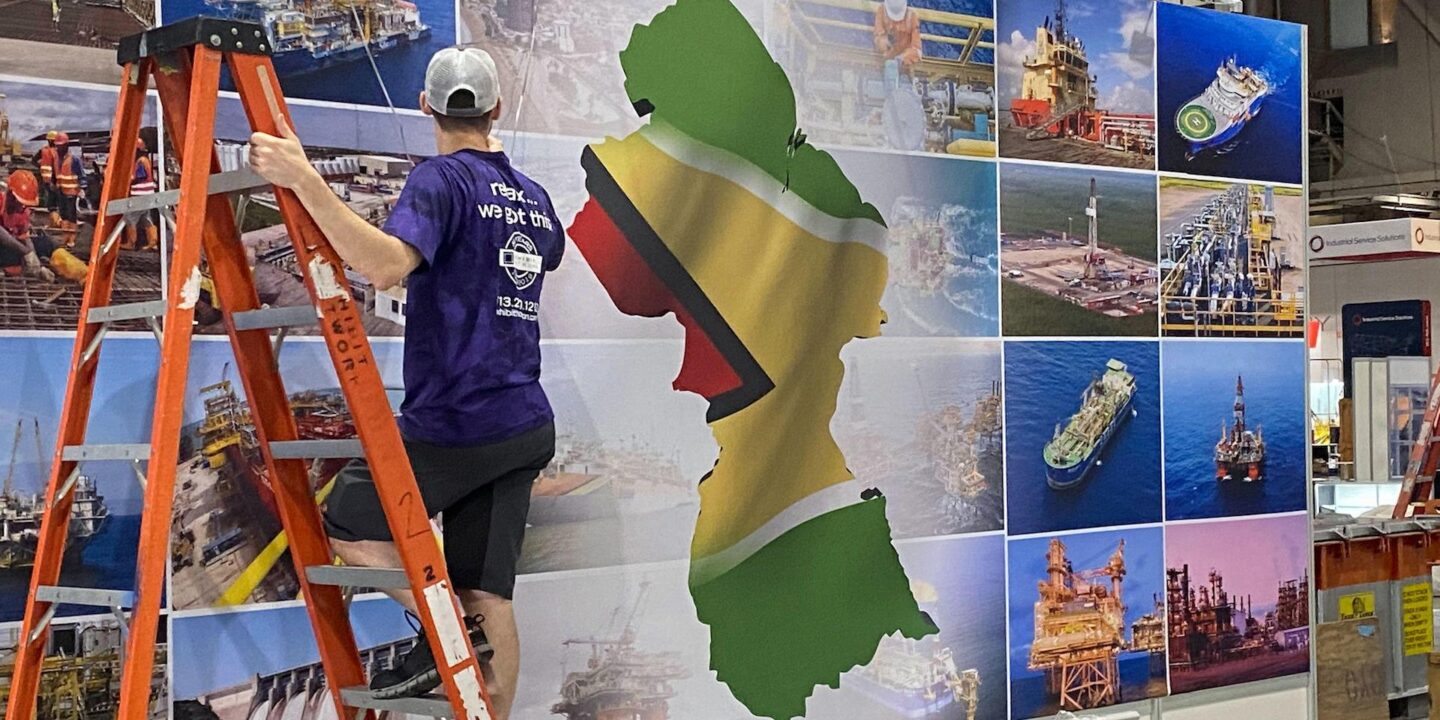
The Orinoco Belt is located in an area that was created by the accumulation of sediments from the Andes, in a process in which the main protagonist was water. The Orinoco is not only the third largest river in the world, but also the key to understanding a biological dynamic that is key to the entire planet.
“Its relevance comes from the fact that it is where a large portion of North America’s migratory birds go. It is a reservoir for the great diversity of Venezuelan species, but also for an international diversity for which Venezuela is responsible,” explained Machado Allison, who is also a professor at Wesleyan University’s School of the Environment.
The dickcissel (Spiza americana), for example, is one such bird that migrates each year to the Orinoco Basin and has its breeding grounds in the central United States. Other bird species that make their home in this wetland include the scarlet ibis (Eudocimus ruber) and the blue-and-yellow macaw (Ara ararauna).
Reptiles present in the region include the Orinoco crocodile (Crocodylus intermedius), a critically endangered species whose population has been depleted by indiscriminate hunting, and the Arrau turtle (Podocnemis expansa), which lives in the Orinoco Basin, as well as the Amazon and Essequibo rivers.
Birds, reptiles and fish are the species most often mentioned by experts when the wealth of biodiversity along the Orinoco Belt is raised.
The belt is a reservoir for the great diversity of Venezuelan species, but also for an international diversity for which we are responsible
“A key asset is the migratory fish that transit from the Orinoco Delta to the Andes. More than 65% of the Orinoco Basin is in Venezuela and this area is still conserved. The rivers in the area and the fish found there speak of the basin’s state of health,” said Douglas Rodríguez Olarte, a conservation biologist and professor of ecology at the Universidad Centrooccidental Lisandro Alvarado, in the city of Barquisimeto.
Mammals that live in the area include the Orinoco river dolphin (Inia geoffrensis humboldtiana) – the largest river dolphin in the world – and the manatee (Trichechus manatus), which is now listed as an endangered species in Venezuela due to the draining of wetlands and deforestation in mangrove forests.
“The floodplains of the Orinoco, which are in the lower part of the oil belt, can be considered the areas of greatest interest for biological diversity. It is where you have the best ecological condition, and also where there is the least human impact,” explained geographer Carlos González Rojas, coordinator of Orinoco Sostenible, an organisation that promotes the conservation of biodiversity in the area. “Since it is flooded almost six months of the year, humans have little opportunity to plant or establish there.”
The Venezuelan challenge
Orinoco Sostenible was founded in 2013 as a research project to map biodiversity around the Orinoco Basin, jointly sponsored by the UN Development Programme and US environmental foundation The Nature Conservancy. Funding for the organisation also later came from French oil company Total Energies to carry out environmental impact studies for its oil exploration in Venezuela.
723,000
the number of barrels of oil produced per day in Venezuela in August 2022, according to OPEC sources
Most of these funders abandoned their projects amid the economic crisis in Venezuela that led to seven years of recession between 2014 and 2020. The Orinoco Sostenible project ended up solely under the umbrella of the Geographic Information Systems and Environmental Modelling Laboratory of the Simón Bolívar University in Caracas.
Its objective, however, remained the same. Their challenge is to design a plan that allows Venezuela to take advantage of the large volume of oil reserves in the Orinoco Belt, without having to sacrifice the rich biodiversity of the area.
“The proposal involves the conservation of all the forests within the Orinoco Belt, which would guarantee a production of up to 1,029,765 barrels of oil per day with net zero emissions,” claims González Rojas, who is currently working on a thesis on environmental compensation for biodiversity by the oil industry. “If Venezuelan oil manages to have that green seal, then it would have an added value, and that is important.”
According to González Rojas, this “net zero” would be achieved through carbon sequestration by the conserved forests of the Orinoco Belt – though this is likely to be a contested claim, as only extraction and production side emissions are accounted for; once the hydrocarbon-heavy oil is burned in use, whether in Venezuela or abroad, large emissions are likely to occur, to a level which cannot be easily offset.
Another of the suggestions proposed by Orinoco Sustenible is the creation of an international conservation fund, to which the state-owned PDVSA and prospective foreign oil companies active along the Orinoco Belt would contribute. The proposal is that this money would be used to boost conservation plans for endangered species such as the Orinoco crocodile.
For other environmental researchers in the Orinoco basin, the issue is much more complex than just raising funds for species conservation.
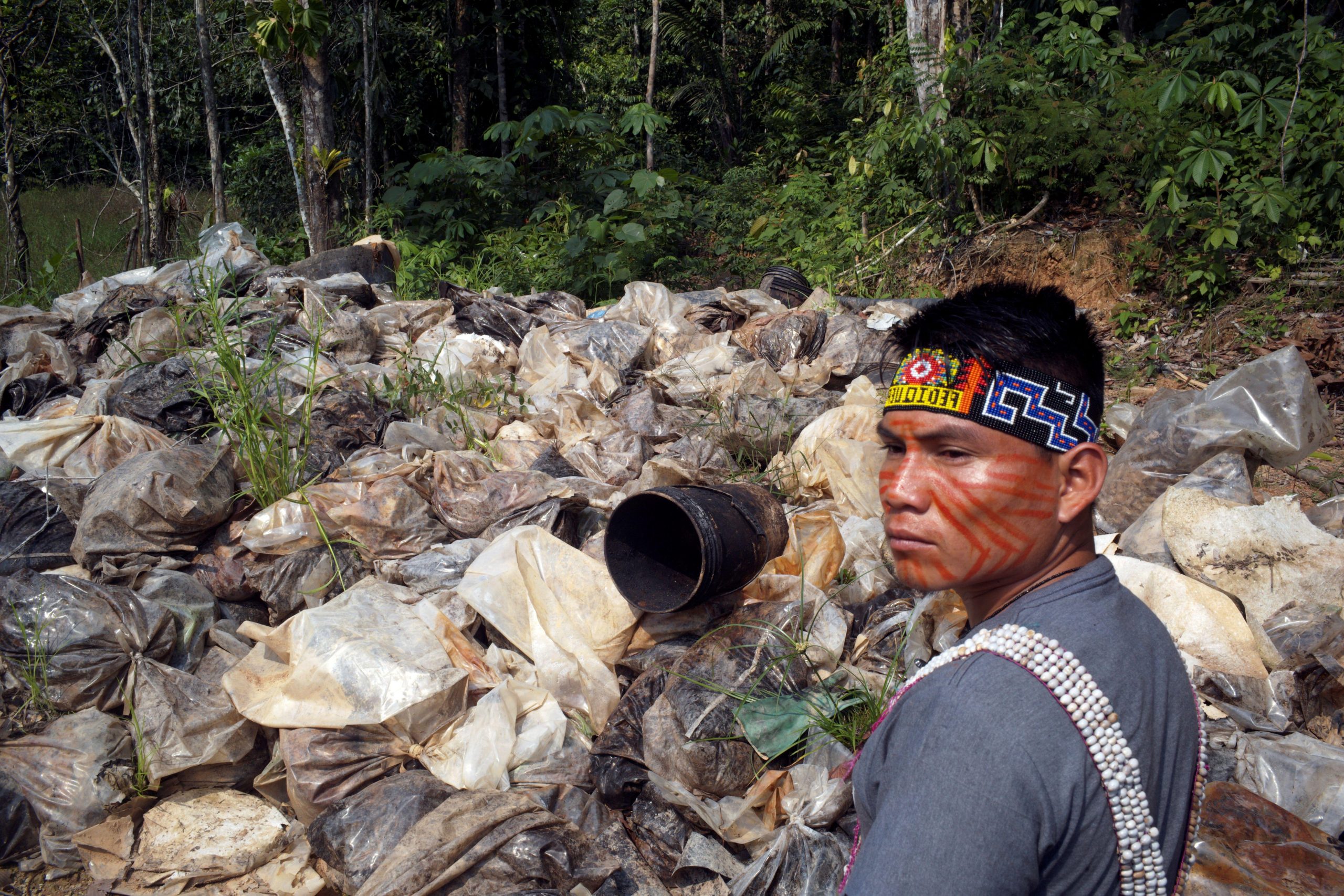
“In Venezuela, it is not mandatory for environmental impact studies to be published as it is in Colombia. Venezuela’s biological heritage is extremely important and must be properly administered; there can be no more opacity,” warned professor Rodríguez Olarte. “There are several areas in the state of Anzoátegui where oil spills have already occurred and the oil has percolated into the morichales.” The professor highlights that the morichales – wetland habitats named after that moriche palm trees that populate them – are “extremely delicate ecosystems.”
In the context of growing global recognition of the climate crisis and the value of biodiversity, it is worth asking how many oil companies will likely be interested in partnering with the opaque PDVSA – a company that has not published any official report on its financial statements, nor on its environmental impact since 2016. Since economic crisis pushed global oil majors away from Venezuela, the conditions for fossil fuel investments have changed greatly.
Despite President Maduro’s repeated calls, large foreign investments are as yet not arriving in the Orinoco Belt, hampered by political standoffs and ongoing US sanctions, with output from the deposits stuttering. In an era of growing calls for energy transitions, and ever greater scrutiny and demands for transparency from oil firms, Venezuela’s dream of tapping 3 million barrels a day from the Orinoco Belt may remain a pipe dream.
